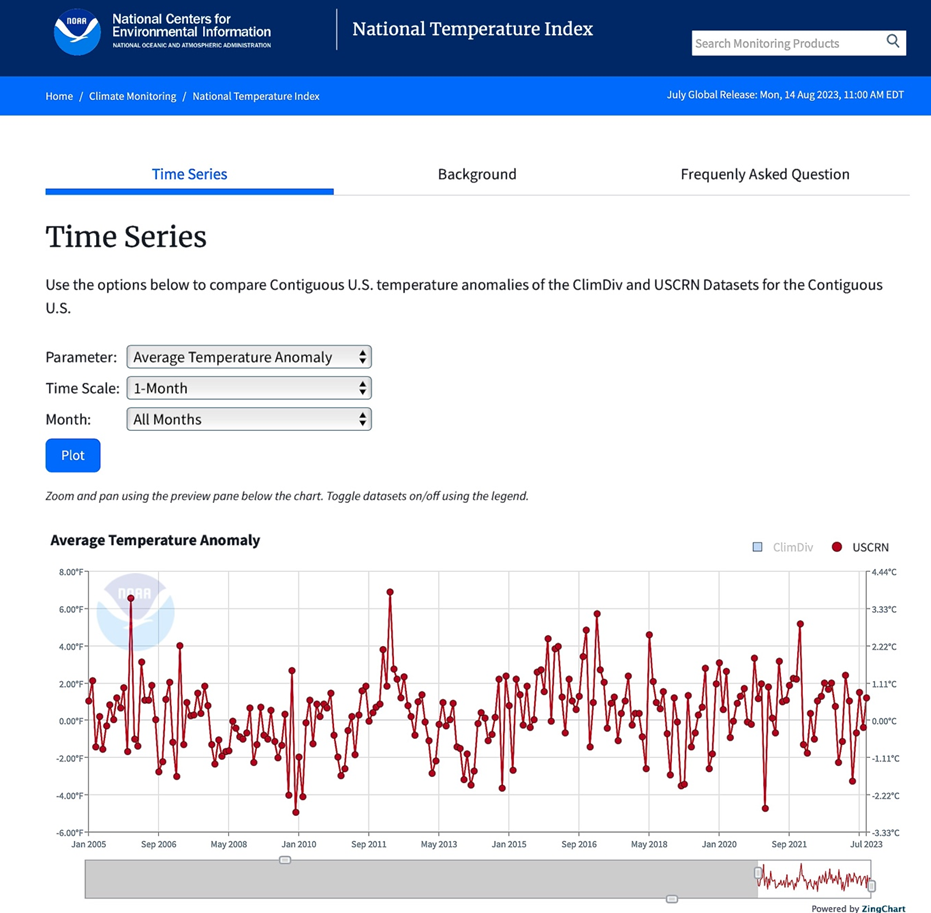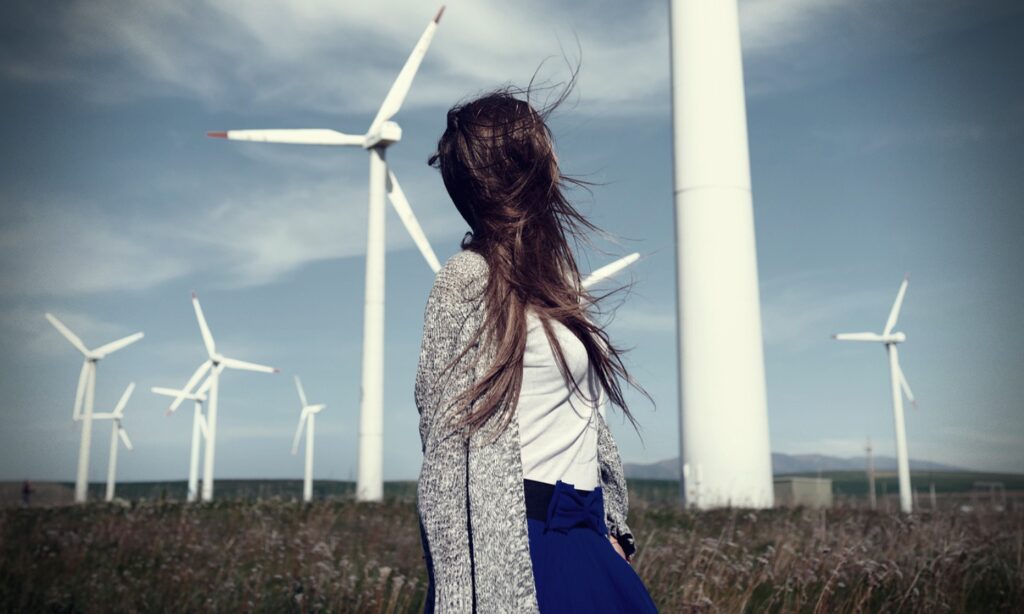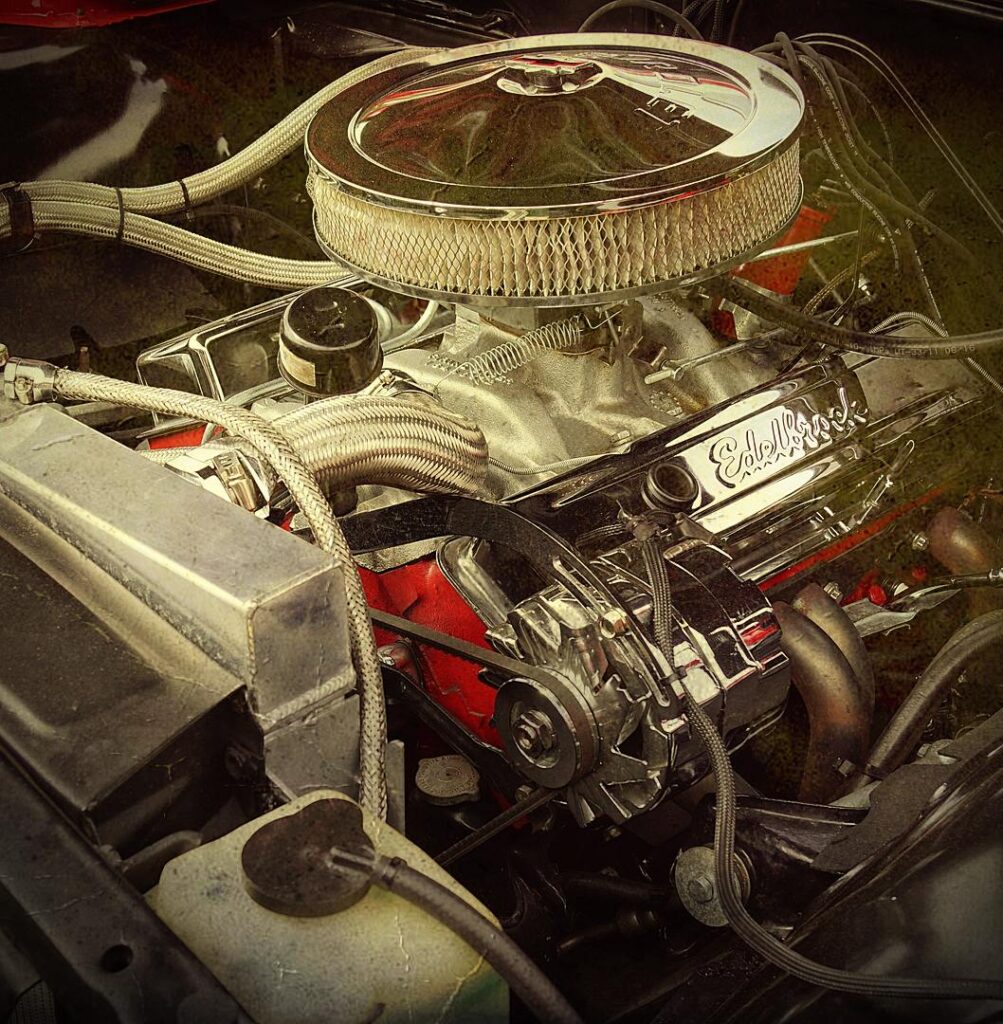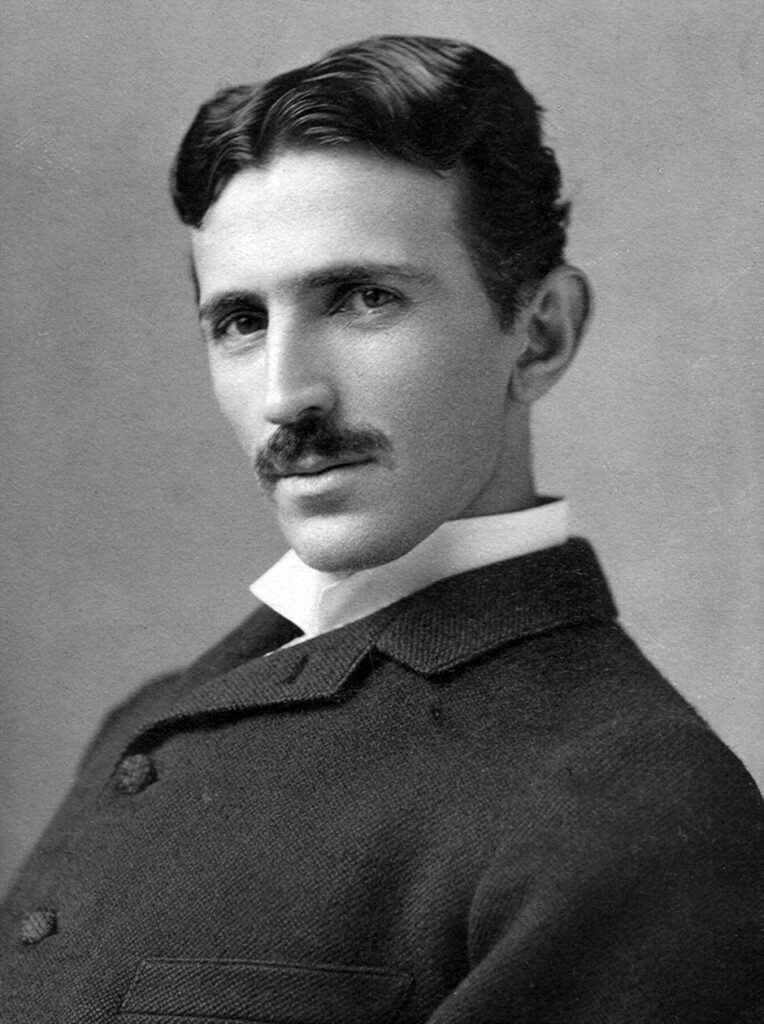Wind Concerns has not hesitated to fully applaud both the six-month moratorium on renewable energy projects in Alberta as well as two prairie Premiers’ rejection of Trudeau’s radical energy plan. It’s “unconstitutional, irresponsible and utterly out of step with reality,” warned Alberta’s Danielle Smith.1
But this has also evoked an equally radical response from Trudeau’s acolytes who are convinced we are passing through Greta Thunberg’s prophecies of climate cataclysm. As such, those of us who oppose industrial off-shore-sized wind turbines in our rural communities are deemed to be hastening the apocalypse and are now responsible for the deaths of scores.
I’m not kidding.

One person on social media literally blamed me for the wildfires and deaths in Hawaii because I live in oil-producing Alberta. Another person said I was stupid because, obviously, the recent heat waves are caused by “climate change”. I had a feeling it wouldn’t help to point out that heat waves have been far less frequent and severe than they were in the 1930s2 (or that it’s been rather mild in Alberta this summer). Another wailed that the vast wildfires were proof enough that global warming is real and that supporting Smith’s moratorium was reckless. I pointed out that the wildfires in Greece, Quebec, Alberta, Nova Scotia, Yellowknife, Kelowna, Spokane, Louisiana, Italy,3 Kaʻū and Maui and elsewhere have been numerous acts of arson and/or common lightning strikes. The response was a mocking emoji. But the real “gotcha” (you bloody murderer!) was when one academic stated matter-of-factly that July was the hottest month — ever. But pointing out that The National Oceanic and Atmospheric Administration’s July temperature data (see graph below) revealing yet another average month would only have threatened to destroy his perfectly good narrative. Why ruin his day?4

Despite the inconvenient facts above, the United Nations seized the moment to declare: “The era of global warming has ended; the era of global boiling has arrived.”5 It’s a good thing PBS had their “climate psychology therapist” on hand.
But the supposed biggest insult hurled at me (aside from being a mass murderer) was that Wind Concerns must obviously be supported by the oil industry.

O, the humanity!
“I’ll find out who is funding you!” threatened the Facebooker. When I told him that we are 100% volunteers who simply don’t want 200m turbines in our backyards and that we have no connection to oil, he vanished into the CO2-warmed night, never to be seen again.
In truth, our team is just as critical of Big Oil as it is of Big Wind. Some of us are still fighting to get proper reclamation done of the old oil sites on our land. Another fought the oil industry for years to make them follow environmental laws. My dad worked in the industry back in the 80’s until one day, after 23 years of faithful service, they walked into his office and gave him an hour to pack his things. They escorted him to the door and locked it behind him like he was a criminal. Mobil Oil, like many other companies, had decided that profits were more important than people.
And then there’s the engine stories…
We’ve Been Ripped Off
I wouldn’t have believed this story had it not come directly from the family member.
My friend’s father and his business partner created an engine back in the 1950’s that could produce — get this — 300mpg. You read that right. So his partner packed up the engine and flew to Detroit to meet the “Big Three” automakers to pitch their invention. But the plane, the partner, and the engine were never seen again. It scared my friend’s dad so much that he destroyed what blueprints he had and never pursued the project further, concerned for his family’s safety.

I told that story at one of our Wind Concern’s public meetings and a fellow raised his hand and said, “Yup, that’s all true. I worked for Ford for years and we knew about that.”
This next story is closer to home, near the town where I lived in Saskatchewan. A farmer bought a truck from the local GM dealership in the 70’s. He came back a couple of weeks later to complain that his fuel gauge wasn’t working. The garage checked it out and said, nope, you’re gauge is fine. But the farmer returned again a few weeks later, his gauge having barely moved. Upon closer inspection, the garage noticed that the carburetor was slightly different. They phoned in the part number and discovered that it was a “prototype.” So GM sent a new one, they installed it, and called the farmer: “Your truck is fixed.”
He had been getting over 70mpg.
My last story comes from a gentleman who is helping us to fight against the industrial wind plant they want to build in our quiet countryside. He said his son went to N.A.I.T. (Northern Alberta Institute of Technology) to become a mechanic. For a project, his class modified an engine to burn the fumes of gasoline. “It burned absolutely clean, like water vapor,” he told me. “They were getting 65mpg.” But the students were ordered to dismantle it.
Fast forward to 2023.
I drive a 2014 Ford F150 “Ecoboost”. I get 15mpg. That’s it. 15 lousy miles to the gallon. This generation possesses the means to not only produce vehicles that would cost little to run but would produce a fraction of the pollution. But what are we doing instead? Building electric vehicles that are impractical for a lot of people, heavier and harder on roads, an even bigger burden on the energy grid, and use child labor in developing countries to acquire rare earth minerals for their battery storage.6 Well, at least we’re saving the planet.
In truth, we’ve been ripped off all these years, and our “new solutions”, so far, are hardly better.
We Can Do Better
I have explained ad nauseum on Wind Concerns why industrial wind turbines are simply a terrible idea: they take up huge tracts of land; they require massive amounts of fossil fuel to create, transport, and install; they have a short lifespan; they produce power unreliably; they are toxic and present serious problems in their decommissioning; they kill massive amounts of large migratory birds, endangered bats, and now whales; they use up prime farmland; they destroy pristine landscapes; and they have been proven definitively to harm both human and animal health. What’s not to like?
Or can we just rethink this whole renewable thing during this moratorium? Okay, one more story — and I hope to shake everyone’s paradigm.
Several years ago, I crossed paths with two scientists who took me into their dining room and starting talking about some guy named Nikola Tesla and his theories. They told me that it is possible to create “free energy.”

“Do you want us to show you?” they teased, their eyes twinkling. “Ya, of course,” I said. “Well, you can’t speak of this to anyone, mentioning our names,” they warned.
They brought out a contraption of sorts and set it on the table. Holding a wire into the air, a diode began to brightly light up without any battery, motor, or conventional power source. “With parts purchased at your local hardware store, we can generate power for around 26 homes,” they told me. “Absolutey free.”
Unfortunately, I’ve never seen them since or where they’ve disappeared to or recall what their names are. Really unfortunate.
As you’ve just read, we have technologies to create energy that would not only protect our environment but bring cheap, if not free energy to consumers, especially those in underdeveloped nations. Instead, we bring war to those countries, fighting over their oil, manipulating its price and ultimately punishing every single consumer on the planet (except the shareholders).
Speaking for myself, I’m not against oil or natural gas — substances that are part of our natural world. Did you know in British Columbia, Canada, they produce wood pellets that are sold to the UK and elsewhere to be burned as “green renewable” energy?7 But if those same woodchips sit in the earth for centuries and form oil deposits, somehow they’re no longer green. They are now evil. Does anyone else see the hypocrisy here?
Moreover, we have an abundance of natural gas that burns clean. In fact, gas-to-liquid (GTL) technology can convert natural gas into diesel. It’s extremely clean without the sooty, smelly, polluting fumes; no modification of diesel engines is required and it can be produced in micro-refineries.8 I’ve also learned that a fellow in Southern Alberta has created a way to then make those same engines burn 25% less fuel by utilizing distilled water.

Human intelligence is ingenious and adaptive if we just let it thrive. We should be cheering these inventions on. But we’re not. Why? Because they still produce carbon dioxide, that gas that makes the planet greener and warmer and more suitable for growing food.9 It’s terrible, I know.
Since we’re talking about “global warming” again, there was one other thing I never got to mention to my terrorized social media critics: the Hunga-Tonga volcano. A recent paper, “Global perturbation of stratospheric water and aerosol burden by Hunga eruption”, stated:
The eruption of the submarine Hunga volcano in January 2022 was associated with a powerful blast that injected volcanic material to altitudes up to 58 km. From a combination of various types of satellite and ground-based observations supported by transport modeling, we show evidence for an unprecedented increase in the global stratospheric water mass by 13% as compared to climatological levels, and a 5-fold increase of stratospheric aerosol load, the highest in the last three decades.
Instead of dust and ash, most of this eruption was actually water vapor, and water vapor traps heat like nothing else. According to NASA, “It’s responsible for about half of Earth’s greenhouse effect — the process that occurs when gases in Earth’s atmosphere trap the Sun’s heat.”10 Hunga-Tonga boosted water content in the stratosphere by a massive, weather-altering 10%.11 Scientists believe this may explain some of the unusual weather patterns this year and in coming years.
How inconvenient, indeed.
- cf. Trudeau’s Reckless Green Dream[↩]
- climateataglance.com[↩]
- thenationalnews.com[↩]
- Even if July were the hottest month on record in human history (how do you prove that?), what is notable is the absence of a trend. So why the spike in odd weather patterns this year? More on that at the end… It’s also noteworthy that Antarctica was once covered with palm trees. “Though scientists think the atmospheric carbon dioxide levels at the beginning of the Eocene period 55 million years ago were as high as 1000 parts per million, trumping today’s value near 400 parts per million,” writes Smithsonian Magazine, “they’ve not quite worked out what triggered this lurch.” How inconvenient.[↩]
- news.un.org[↩]
- cf. The Rising Chorus of Renewable Energy Skeptics[↩]
- cf. cbc.ca[↩]
- eg. rmcfi.com/[↩]
- cf. Hot Air Behind the Wind[↩]
- climate.nasa.gov[↩]
- cf. here and here[↩]
Mark Mallett is a former award-winning reporter with CTV Edmonton and an independent researcher and author. His family homesteaded between Vermilion and Cold Lake, Alberta, and now resides in the Lakeland region. Mark is Editor in Chief of Wind Concerns.


